Sports Venues Spark Revitalization
In a new report highlighting the impact of Nationals Park in Washington, D.C., RCLCO points to a trend in stadium-inspired community transformations.
By Barbra Murray
A stadium isn’t just a stadium anymore. According to A Whole New Ball Game: Reframing the Impact of Sports Venues as Urban Anchors, a new report by real estate advisory firm RCLCO, sports arenas can transform communities beyond the yielding of tax revenues.
“In addition to generating tax dollars on ticket, concession, and merchandise sales, sports venues help create dynamic, mixed-use environments that yield tremendous economic dividends, community benefits, and real estate opportunities—impacts that extend far beyond the typical tax revenue analysis,” per the report. RCLCO’s Erin Talkington, principal director of consulting, and Jacob Ross, senior associate, prepared the research.
In the report, RCLCO’s case study of Nationals Park in Washington, D.C., offers insight into the wide-reaching advantages sports venues can provide. The 41,500-seat baseball stadium, where Major League Baseball team the Washington Nationals holds court, is a key component of the District of Columbia’s Capitol Riverfront, a 500-acre neighborhood established as a business improvement district along the Anacostia River in 2007. Nationals Park made its debut in 2008, brought to fruition with the assistance of $670 million of public funds. The public project leveraged billions in private investments, and a decade later, the once desolate surrounding area is bustling with millions of square feet of office space; 5,000 residential units, including those found at Grosvenor America’s F1RST mixed-use development; four hotels; more than 300,000 square feet of retail space; and 10 acres of new parks. And there’s more to come.
“Capitol Riverfront is one of many examples that show how sports venues can serve as a backbone of neighborhood regeneration,” according to the RCLCO report.
Getting in on the game
Across the country, a number of sports venues have been serving as catalysts for revitalization, RCLCO points out in the report. In Columbus, Ohio, the Nationwide Arena, home to the National Hockey League’s Columbus Blue Jackets, spurred a renaissance in the mixed-use Arena District. A similar change took hold in Kansas City, Mo., where the Sprint Center in the Power & Light District helped rekindle the city’s downtown area.
With sports venue projects serving as neighborhood anchors, it can be a win-win proposition all around. As noted in the report, local governments reap fiscal rewards; landowners see increased property values and rents; and residents are presented with new residential, work and entertainment options. And of course, sports teams get a state-of-the-art playing environment that serves as a magnet for fans.
According to the report, “In addition to being locally significant, these impacts point to an exciting new trend in real estate. Across the country, places like the Capitol Riverfront are forming the playbook for how to create or reinvigorate entire neighborhoods using sports venues.”
Image courtesy of Events DC

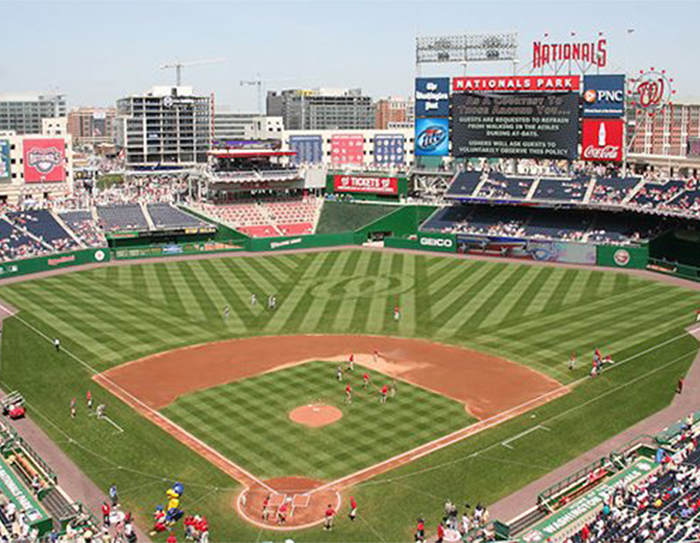
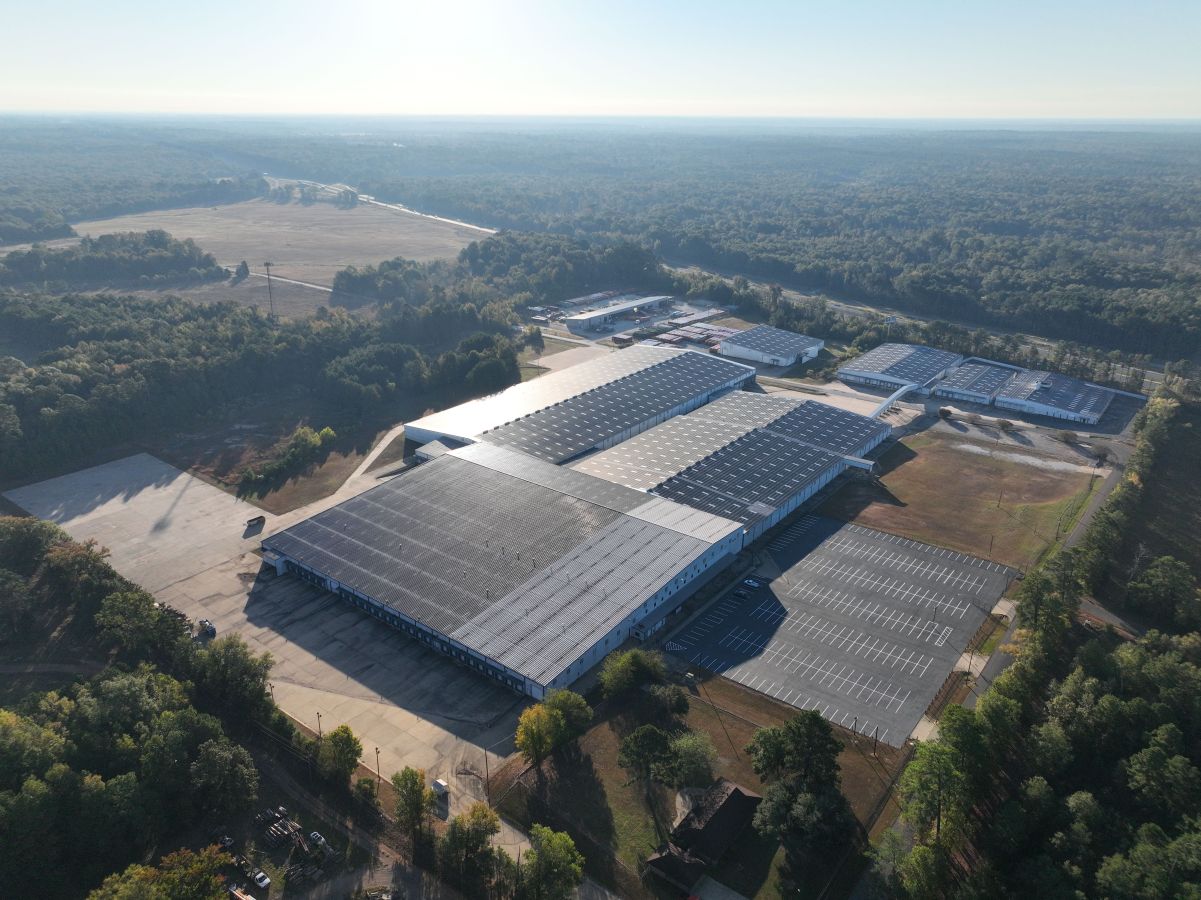
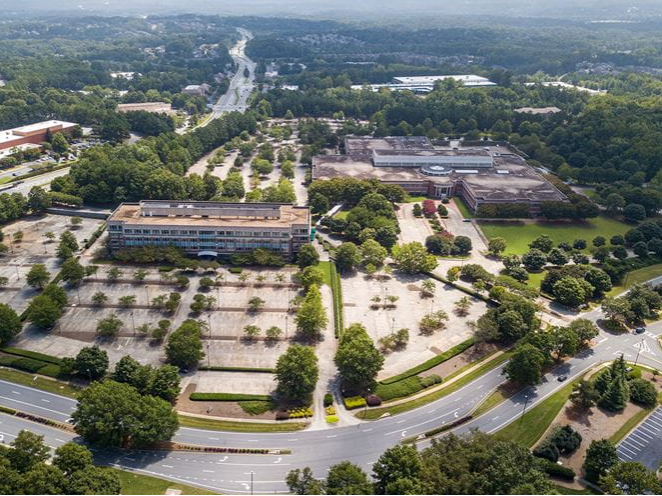
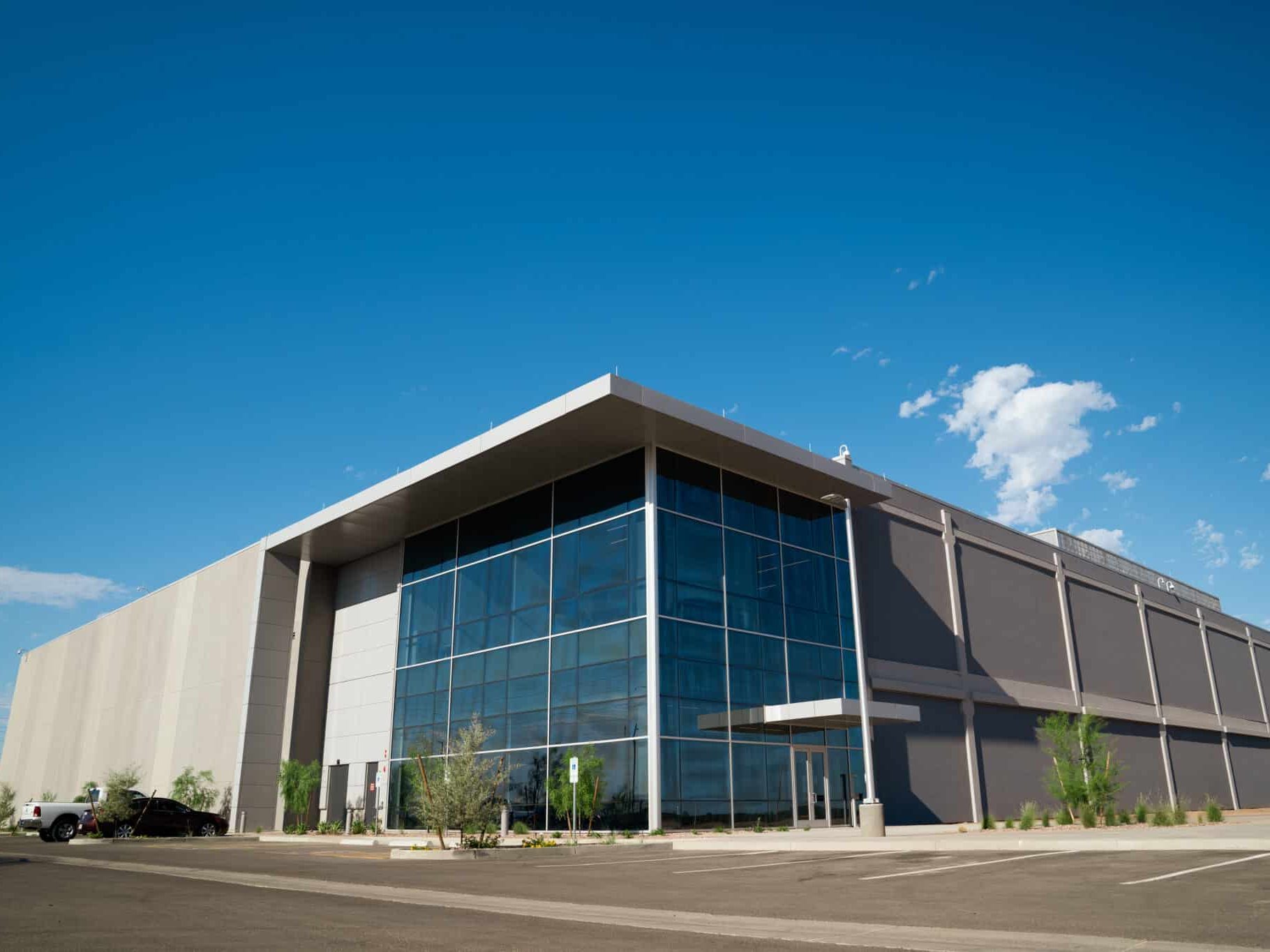
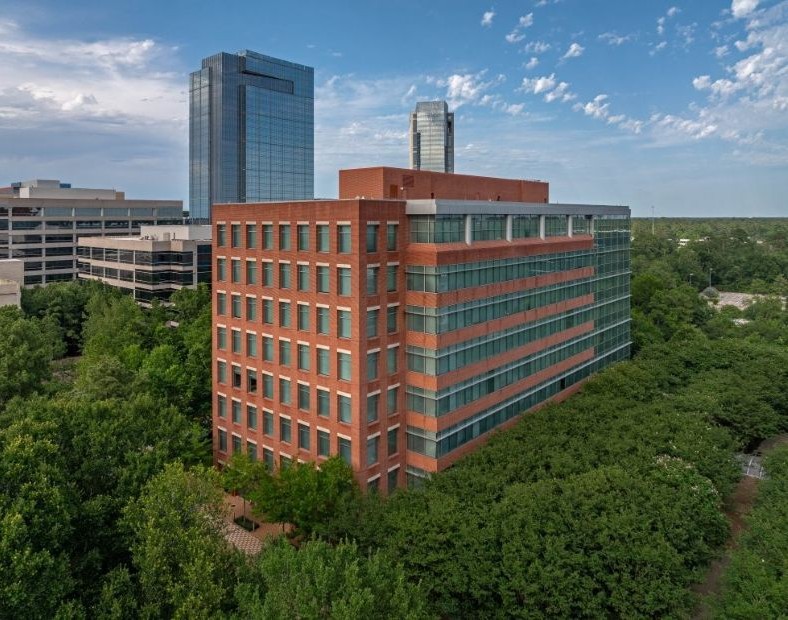
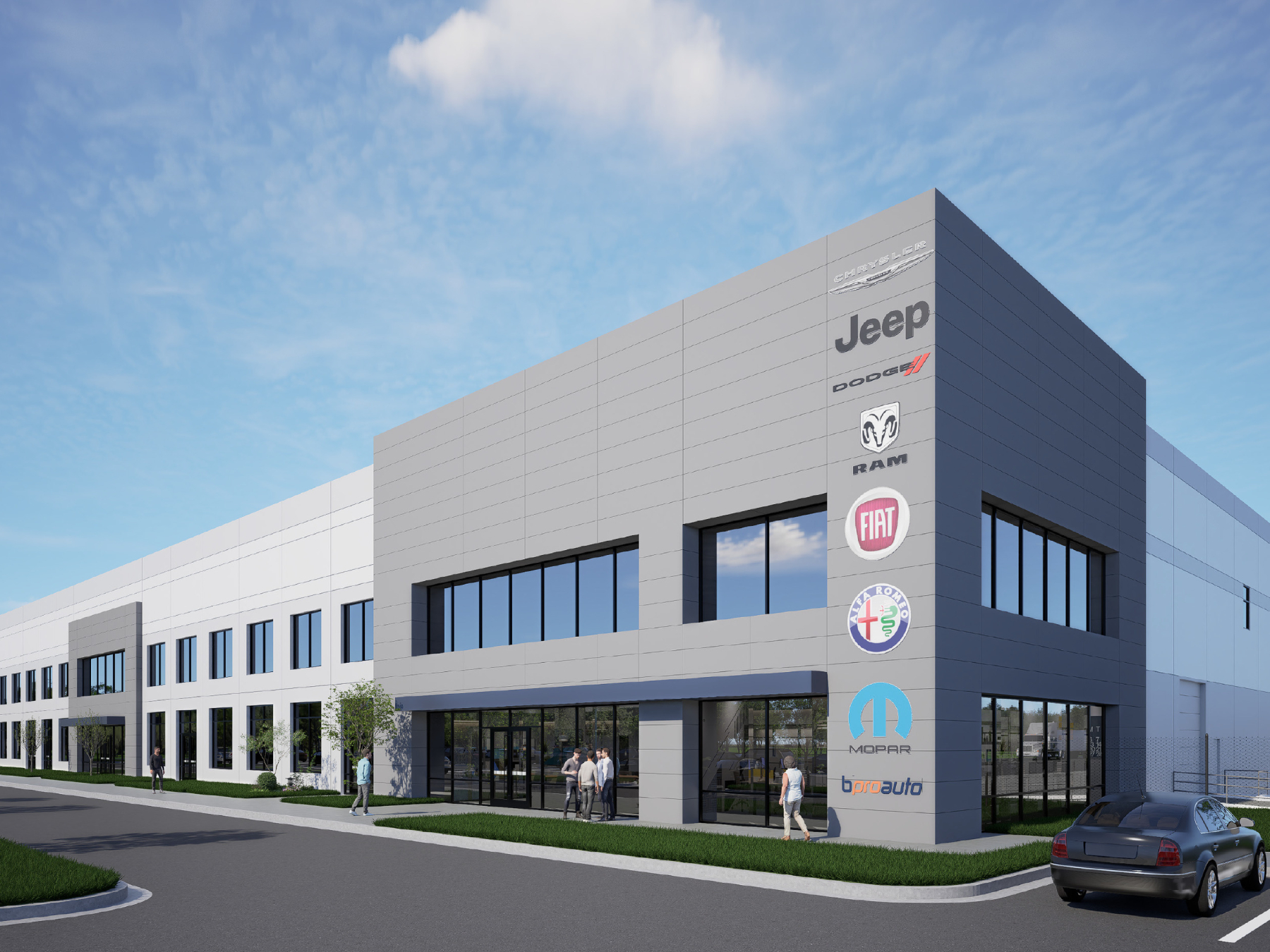
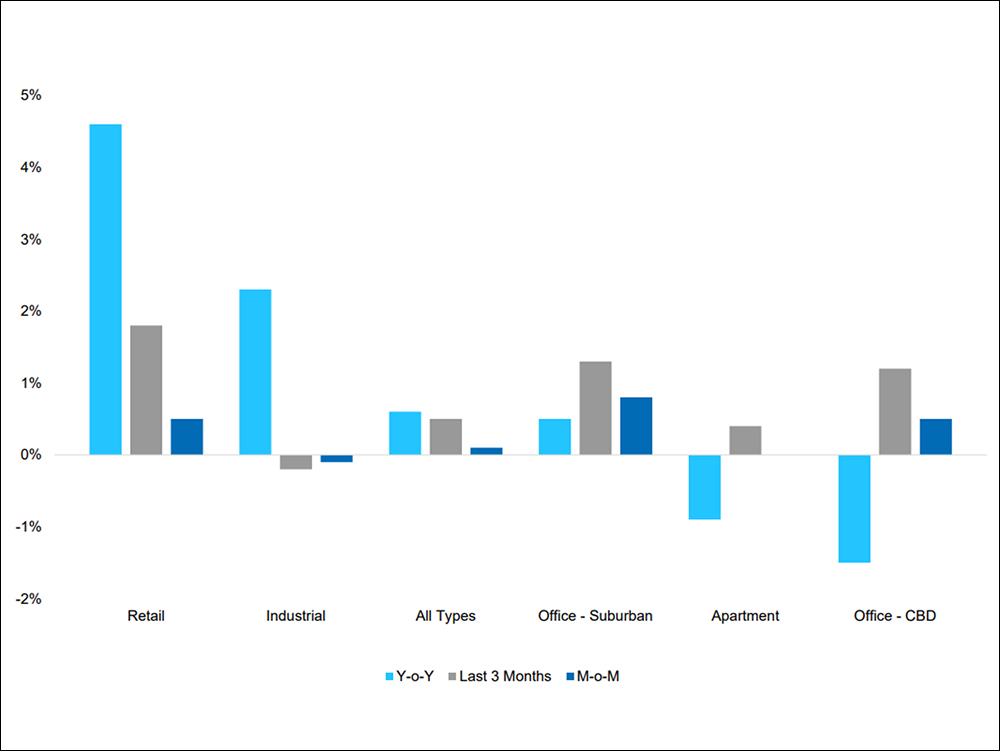
You must be logged in to post a comment.